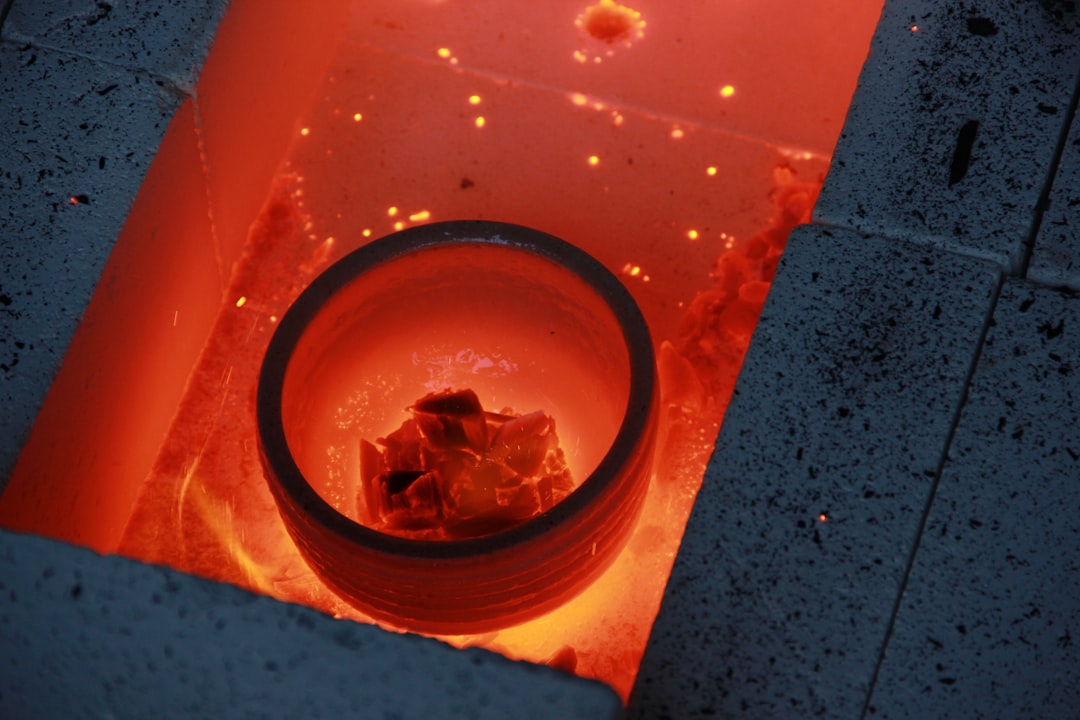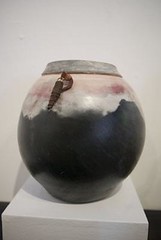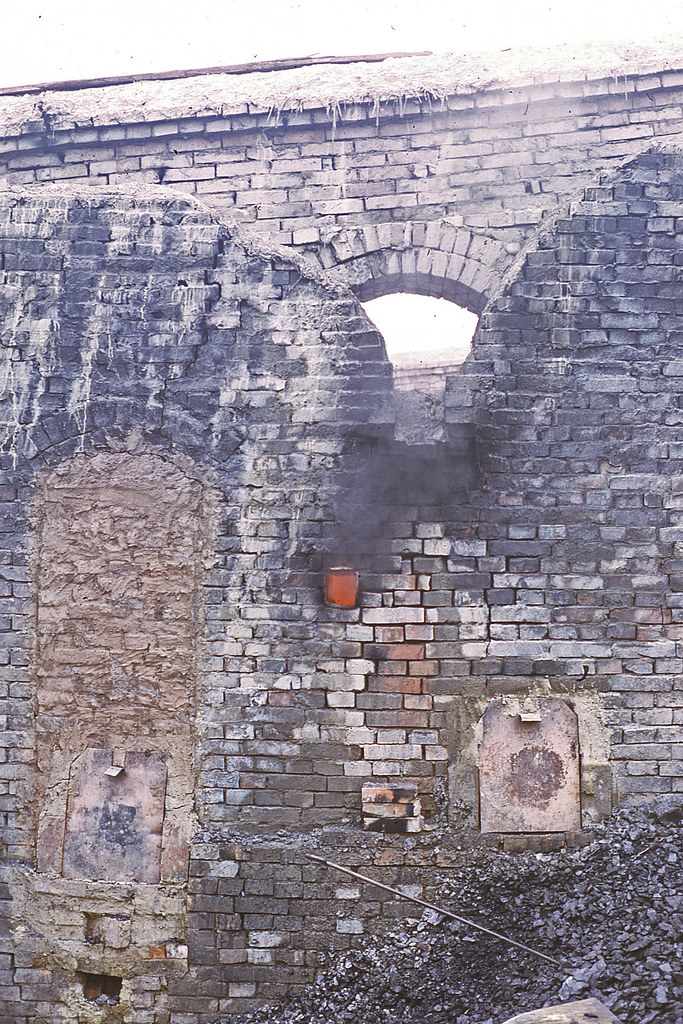
What is a kiln sitter? In the world of ceramics, a kiln sitter is an essential mechanical device for manually controlled kilns that helps ensure your pottery or ceramics are fired at the perfect temperature. Utilizing a small pyrometric cone positioned on internal supports, the kiln sitter shuts off the kiln when the cone reaches the specified temperature and softens, causing the device’s rod to bend. Understanding the function of kiln sitters, including their components and maintenance needs, is crucial for anyone working with manual kilns, despite the rise of digital controllers.

| Component | Function |
|---|---|
| Pyrometric Cone | Melts at target temperature to trigger shutoff |
| Sensing Rod | Engages with the softened cone to shut off kiln |
| Tube Assembly | Holds the cone and sensing rod in place |
| Cone Supports | Holds the pyrometric cone in position |
| Claw Latch | Connects to the switchplate to complete the latch system |
Understanding the Kiln Sitter
Imagine a device that can tell exactly when your ceramic masterpiece is ready to be revealed to the world. That’s the magic of a kiln sitter. This clever invention ensures your pottery is fired to perfection by using a pyrometric cone positioned inside the kiln. As the kiln heats up, the cone gradually softens until it bends at the desired temperature, triggering the shutdown of the kiln. Think of the kiln sitter as a vigilant guardian that ensures your creations don’t overfire or underfire.

Essential Maintenance Tips
To keep your kiln sitter functioning like new, regular maintenance is a must. You’re bound to replace parts like the sensing rod, cone supports, and the tube assembly after numerous firings. These components take the brunt of the repeated heating and cooling cycles, so it’s essential to check them regularly. Calibration is another crucial step—ensuring the sitter cone bends at precisely the right angle is key to the overall accuracy of the device. With the help of a firing gauge and adjustment of the trigger plate, your kiln sitter can maintain its precision over time.
- Inspect and replace the sensing rod periodically.
- Ensure the cone supports remain firm and intact.
- Calibrate using a firing gauge to maintain optimal performance.

Troubleshooting and Adjustments
What happens when things don’t go as planned? A kiln sitter that shuts off too early or too late can ruin your hard work. If this is occurring, consider the condition of the sensing rod first. A worn-out rod is often the culprit. Once you’ve replaced any aging parts, you may still need to adjust the trigger plate to fine-tune when the kiln should shut off. Don’t forget, a well-calibrated kiln sitter is your best friend in achieving consistent firing results.

Safety and Monitoring Suggestions
Firing your kiln isn’t a set-it-and-forget-it task, especially with manual kiln sitters. It’s crucial to be present as the kiln nears the end of its firing cycle. Staying close by allows you to confirm everything is working properly and, ultimately, keeps you and your surroundings safe. If attending the entire firing isn’t feasible, consider using a baby monitor or an intelligent camera system to keep tabs from a distance. These solutions can give you peace of mind when you can’t be in the same room but still want assurance that your kiln’s shutting off correctly.
Share Your Journey
Maintaining and operating a kiln sitter comes with its challenges and learning curves. Your experiences and insights could be invaluable to others in this creative community. Why not share your stories and tips for maintaining and calibrating kiln sitters? Whether it’s an unexpected issue you solved or a personal firing technique, your contributions can light the way for fellow potters. Let’s start a conversation in the comments—what has your kiln sitter journey been like?
For those interested in broadening their knowledge further, various workshops and exhibitions on ceramics are held continuously. For example, Laney College hosts ceramics exhibitions and workshops, offering valuable insights into current practices and innovations in the field.
The artistry and technique involved in ceramics can be explored through various educational programs as well. Consider looking into resources provided by institutions such as Ulster County’s business initiatives like the Bailey Ceramic Arts Program for business insights applicable to the art world. Additionally, universities often have extensive historical collections and archives. An example is the ULM’s Ratcliff relation, which is a noteworthy cultural asset in the art community.
If you’re diving deeper into ceramics or discussing emerging topics, our blog provides a wide range of recent articles and content to enrich your journey. Whether you’re a seasoned artist or a curious beginner, there’s always something new to learn and share.
How to Use Kiln Sitter
To gain a practical understanding of operating a kiln sitter, watch this video by Center for Creative Instruction, which explains how to charge and activate the Dawson Kiln Sitter with a 20-hour timer.
What Is a Kiln Sitter Used For?
A kiln sitter is a mechanical device that helps you achieve a precise firing temperature without constant supervision. It does this by using a small pyrometric cone designed to bend at a specific temperature. Once the cone melts and bends, the kiln sitter automatically shuts off power to the kiln, preventing over-firing. It’s also smart to include a larger witness cone of the same cone number inside the kiln, so you can visually confirm that the proper heat work has been reached when it’s fully bent.
What Is the Difference Between a Kiln Sitter and a Controller?
A kiln sitter automatically shuts off a kiln when it reaches a certain temperature, relying on physical melting of a pyrometric cone. In contrast, a kiln controller—whether manual or digital—demands more hands-on management to adjust heat levels, timing, and firing schedules. With a manual controller, you’ll need to monitor the firing closely and change settings as needed, while a digital controller allows for programming in advance but usually comes with a higher price tag. Ultimately, a kiln sitter is a simpler, more budget-friendly option, while a controller gives you detailed control over each stage of the firing process.
How Do You Fire a Kiln With a Kiln Sitter?
Begin by placing the correct pyrometric cone in the kiln sitter and carefully loading your kiln. First, set each ring to low for about two hours to drive out moisture. Next, move to medium for two more hours, allowing the heat to build gradually. Finally, switch to high until the kiln sitter automatically shuts off. Remember to set your backup timer—eight hours is a common recommendation—to ensure extra safety in case the sitter fails or needs more time. This step-by-step firing approach helps protect your clay pieces from thermal shock and promotes even heat distribution, leading to successful results.
In conclusion, a kiln sitter is an invaluable tool for anyone working with ceramics. It not only helps maintain the right temperature during the firing process but also ensures your pieces are perfectly finished every time. Whether you’re just starting out or have years of experience, understanding how to effectively use a kiln sitter can significantly enhance your ceramic creations.
Stay Connected
To keep up with more tips, tricks, and inspirations for your ceramic projects, be sure to follow us on Instagram. We'd love to share our latest adventures and see your wonderful work!
